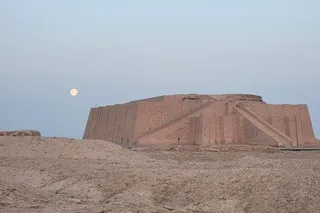In ancient times, food sources were essentially limited to what could be hunted or gathered. But people were always resourceful and found ways to optimize and preserve what they had. Methods such as drying, fermenting, smoking and pickling were used to keep food from spoiling. There is evidence that people consumed certain foods like butter and bread going back thousands of years — as well as beer and wine. Here are five foods eaten in ancient times that we still eat today.
In Greece, anthropologists found cheesecake molds dating back to 2,000 BCE. Cheesecake was commonly a wedding cake in ancient Greece. It is believed to have also been consumed by athletes during the first Olympics in 776 BCE. The first official cheesecake recipe dates from 230 CE — and was written by Greek author Athenaeus. After the Roman conquest of Greece, they altered cheesecake recipes by adding crushed cheese ...















